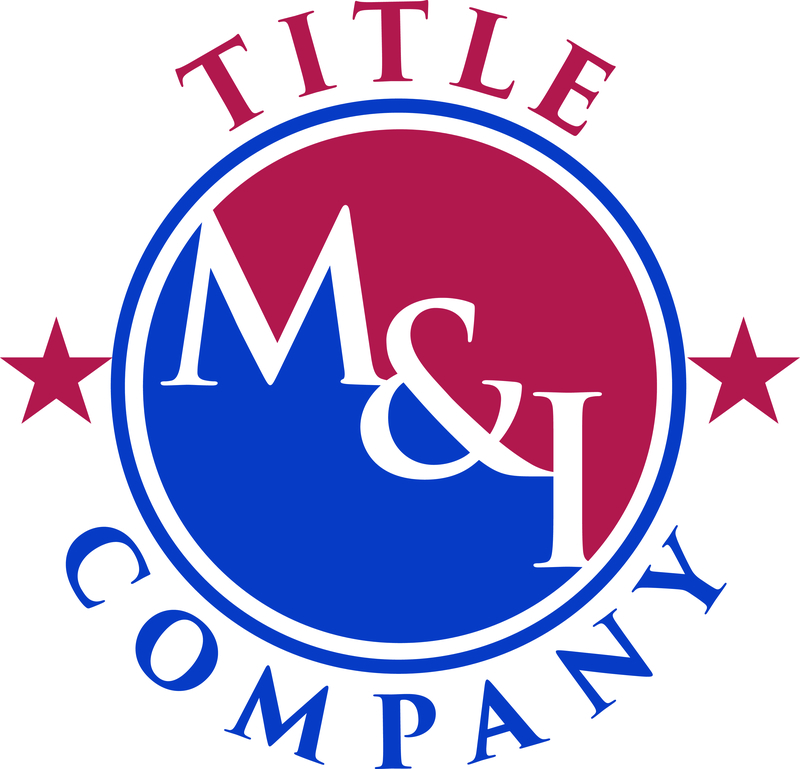
Dennis Norman
According to data from NeighborWorks America, a national nonprofit organization created by Congress to provide community-based revitalization efforts, every 13 seconds in America, there is another foreclosure filing. This means there are more than 6,600 home foreclosure filings per day and currently, more than 4.5 million households are at risk of foreclosure. Unfortunately there is no end in site as industry experts are predicting 1.5 – 2.0 million new foreclosures in 2010 and as many as a total of 8.1 million by 2012.
This many people in financial distress provides great opportunity for loan modification scam artists, who prey on unsuspecting homeowners with unethical and sometimes unlawful tactics to scam them out of money and often times their homes according to the report. Many of these homeowners have turned to loan modification or foreclosure “rescue” companies for help — only to realize they’ve been scammed. Loan modification scams are proliferating at a rapid pace.
To combat these scam artists and try to protect and educate consumers, NeighborWorks America has launched a “Loan Modification Scam Alert” campaign. Their scam alert website has many resources available to help consumers protect themselves and I would suggest that consumers that are facing falling behind on their mortgages, facing foreclosure or with other housing-related financial issues, check out the site.
The scam alert identifies the following as the most common loan modification scams :
- Phony Counseling or Foreclosure Rescue Scams
- The scam artist poses as a counselor and tells you he can negotiate a deal with your lender to save your house—if you pay him a fee first. He may even tell you not to contact your lender, lawyer or housing counselor—that he’ll handle all details. He may even insist that you make all mortgage payments directly to him while he negotiates with the lender. Once you pay the fee, or a few mortgage payments, the scammer disappears with your money.
- Fake “Government” Modification Programs
- Some scammers may claim to be affiliated with, or approved by, the government, or they may ask you to pay high, up-front fees to qualify for government mortgage modification programs. The scammer’s company name and Web site may sound like a real government agency. You may also see terms like “federal,” “TARP” or other words related to official U.S. government programs.
- Your lender will be able to tell you if you qualify for any government programs to prevent foreclosure. And you do not have to pay to benefit from these programs.
- Bait-and-Switch
- The scam artist convinces you to sign documents for a “new loan modification” that will make your existing mortgage current. This is a trick. You actually just signed documents that surrender the title of your house to the scam artist in exchange for a “rescue” loan.
- Rent-to-Own or Leaseback Scheme
- A scammer urges you to surrender the title of your home as part of a deal that will let you stay in your home as a renter and then buy it back in a few years. He may tell you that surrendering the title will permit a borrower with a better credit rating to get new financing—and keep you from losing your home. However, the scammer may have no intention of ever selling the home back to you.
- But the terms of these deals usually make buying back your home impossible. Worse yet, when the new borrower defaults on the loan, you’re evicted.
- Variations:
- The scammer raises your rent over time to the point that you can’t afford it. After missing several rent payments, you are evicted, leaving the “rescuer” free to sell your house.
- The scammer offers to find a buyer for your home, but only if you sign over the deed and move out. The scammer promises to pay you some of the profit when the home sells. But the scammer simply rents out your home and keeps the profits while your lender proceeds with the foreclosure. You lose your home and are still responsible for the unpaid mortgage, because transferring the deed does not affect your mortgage obligation.
- Bankruptcy to Avoid Foreclosure
- The scammer may promise to negotiate with your lender or get refinancing on your behalf if you pay a fee up front. Instead of contacting your lender or refinancing your loan, he pockets the fee and files a bankruptcy case in your name—sometimes without your knowledge.
- A bankruptcy filing often stops a home foreclosure, but only temporarily. Filing bankruptcy stops any collection and foreclosure while the bankruptcy court administers the case. But, eventually you must start paying your mortgage, or the lender will be able to foreclose.
- You could lose the money you paid to the scammer and your home. Worse yet, a bankruptcy stays on your credit report for 10 years, which makes it difficult to obtain credit, buy a home, get life insurance or even get a job.
In addition to visiting the Loan Modification Scam Alert website, one of the best things you can do to protect yourself is to educate yourself about programs such as HAMP (the Home Affordable Modification Program) for loan modifications as well as HAFA (The Home Affordable Foreclosure Alternatives program) so that you understand how the programs actually operate and see that you don’t need to necessarily pay someone for assistance.
I’ve written many articles on both the HAMP as well as HAFA program with complete information on the programs as well as links to information on the programs. To access these articles easily, simply click on the links below:
HAMP Articles (Home Affordable Modiciation Program)
HAFA (Home Affordable Foreclosure Alternatives Program)



Leave a Reply
You must be logged in to post a comment.